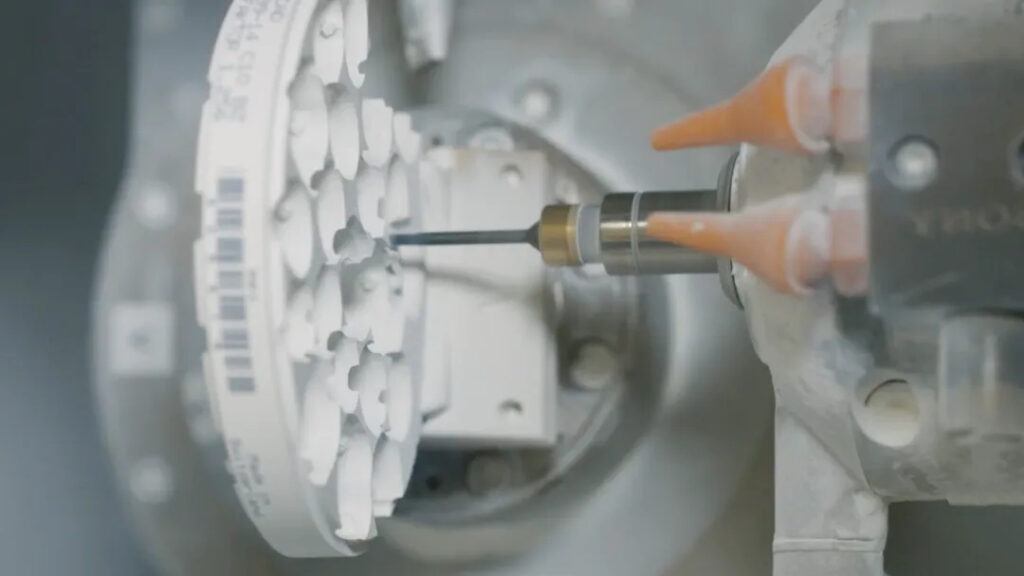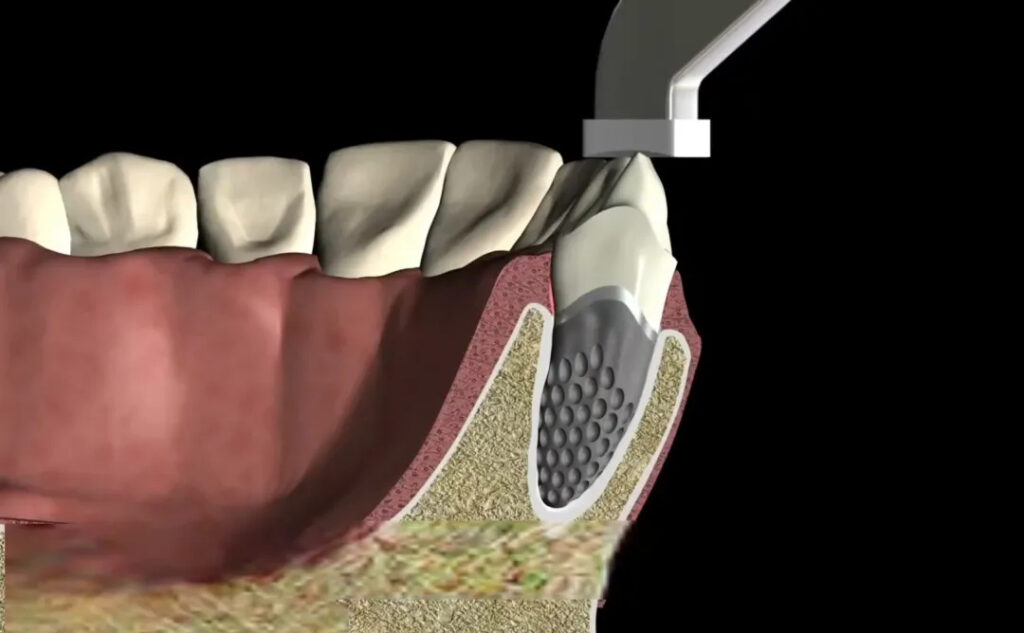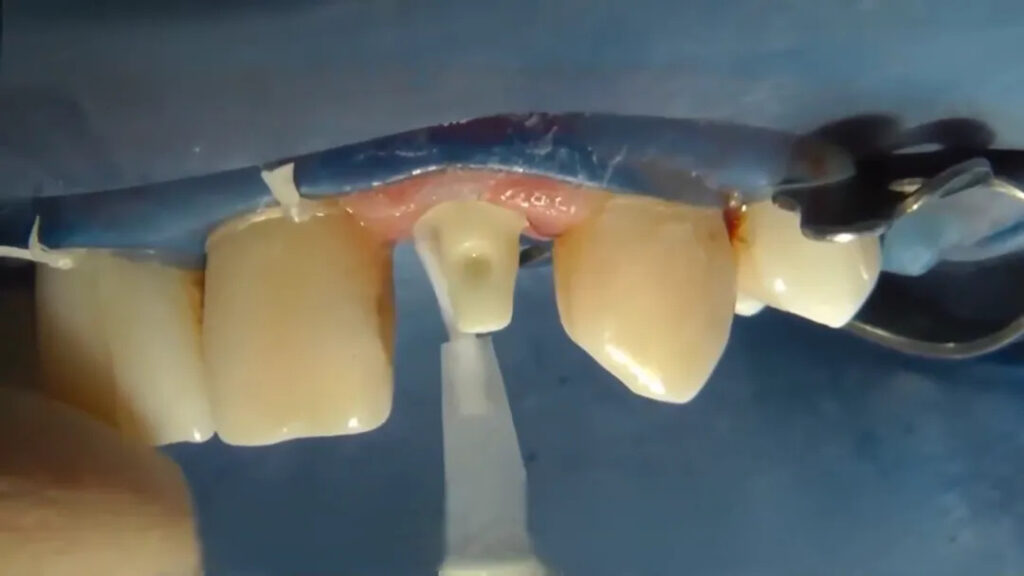
No drilling, no screwing, yet dental implants can be completed! Recently, Germany’s Replicate Tooth has gained some attention domestically. Since there isn’t a confirmed Chinese name, we temporarily call it “Replicate Tooth.”

It claims to be able to install a perfect artificial tooth for patients within 24 hours, with a shape that perfectly fits the oral structure and blends seamlessly with other teeth, causing minimal discomfort. The inventor of this technology is Ruedger Rubbert from Germany, who has been deeply involved in the field of digital dentistry for 15 years. His team combines AI with 3D printing technology to create this new technique.

Principle
The core of the “Replicate Tooth” technology lies in its unique “digital cloning” system.
First, a doctor uses a high-precision oral scanner to conduct a comprehensive scan of the patient’s mouth, obtaining a vast amount of digital data. Then, their developed AI system analyzes hundreds of parameters, such as the shape characteristics and occlusal relationships of the patient’s original teeth, to generate the final restoration plan.

Subsequently, a 3D printer is used to print a restoration that looks exactly like a natural tooth but has a special design at the root. This restoration uses biocompatible materials, not only possessing high strength and durability but also simulating the microscopic structure of real teeth.

Once the restoration is ready, the doctor can extract the problematic tooth and immediately place the restoration into the alveolar bone, ensuring a tight fit between the restoration root and the alveolar bone. Over the next six months, the restoration gradually integrates with the alveolar bone, ultimately becoming a restoration identical to a natural tooth.
Stability
Regarding this technology, the biggest question from doctors is how the stability of the restoration is ensured. Ruedger says: “Stability is the top priority, and we have four layers of assurance.”
- Mechanical Retention: The root part of the restoration is specially designed with a jigsaw-like clasp design that increases the contact area, preventing rotation or displacement of the restoration and achieving mechanical interlocking with the alveolar bone for stable fixation.

- Biological Bonding: A specially developed biocompatible adhesive is used, which rapidly cures in the oral environment to form a strong chemical bond. This adhesive has excellent waterproof properties and is not easily affected by saliva.

- Immediate Installation: The restoration is usually installed immediately after tooth extraction, using the fresh bone tissue of the socket to provide excellent fixation conditions, preventing loosening due to bone resorption.

- Postoperative Maintenance: After the restoration is installed, a temporary dental bridge needs to be worn for a period to prevent excessive force on the early implant.

With these four assurances, the stability of the restoration should not be a concern.
Cost
While the Replicate Tooth technology is impressive, the cost may be prohibitive. Currently, the restoration cost for a single tooth ranges from 30,000 to 40,000 RMB, which can be a significant burden for ordinary patients. This might be a major obstacle to the adoption of this technology.
German Characteristics
Germany’s dental specialties are distinctive, with AI diagnostics, 3D printing, laser treatment, and the meticulous management and information system construction of clinics leading the world. The Replicate Tooth technology is just one of the inventions resulting from the combination of AI and 3D printing.




Leave a Reply